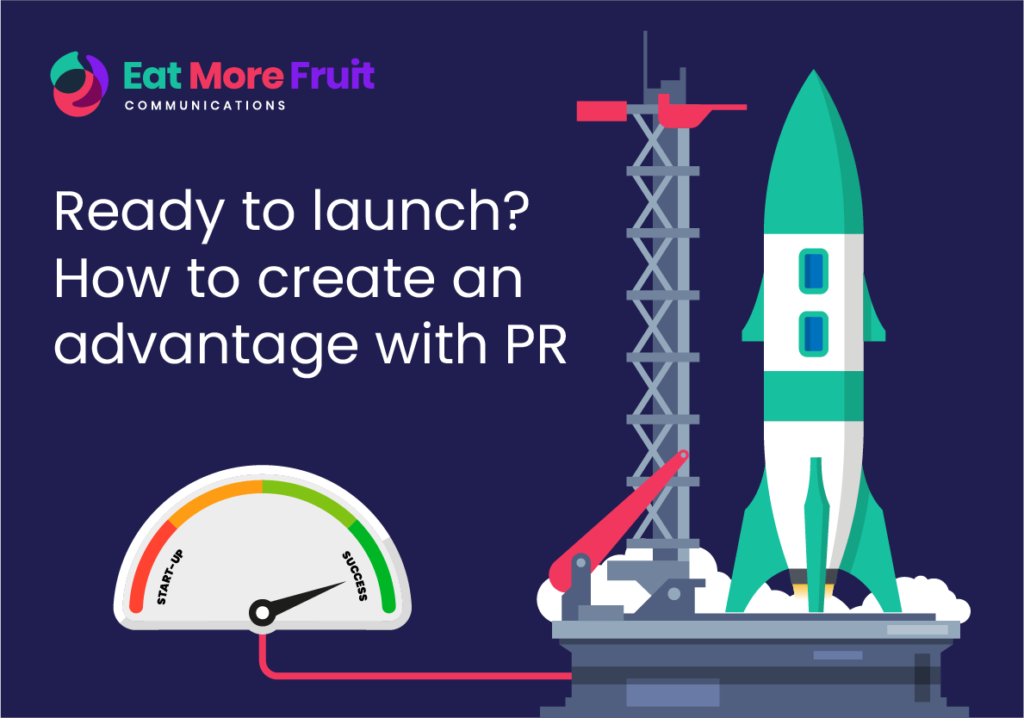In today’s dynamic digital age and the evolving landscape of healthcare, understanding the true impact of your campaign has never been more important. As the healthcare sector embraces more digital strategies, the key performance indicators (KPIs) to track these campaigns have become the north star for healthcare PR.
What is a KPI?
A KPI serves as a measurable metric to evaluate the efficiency of your company in accomplishing specific goals or objectives. These indicators span across various aspects of business, encompassing financial, marketing, sales, and operational domains.
The Right KPI Balance in Healthcare
It’s not just about tracking; it’s about understanding and comprehending the right metrics. While numbers offer a quantitative measure of success, the qualitative aspects – such as brand reputation and client satisfaction – hold equal weight. The essence of KPI analytical success lies in the right balance of data-driven insights and human-centric strategies. Here’s a deep dive into the world of KPIs that truly matter in the domain of medical marketing:
1. Website Traffic: The Digital Footprint
Your website stands as the beacon for your brand, with attracting potential customers to your company being the primary goal. A great approach to achieve this is by drawing in visitors to your website. These visits often signify the first touchpoint of a potential client, offering a glimpse into the effectiveness of your online presence.
Monitoring visits goes beyond just numbers; it provides insights into the initial interest your campaign generates. If you track your organic web traffic, you can evaluate the success of your website’s Search Engine Optimisation (SEO). Alternatively, tracking website traffic from social media can provide insight into the effectiveness of your social media efforts.
Other effective website KPIs include average time on page, bounce rate and page load time.
2. Social Media Metrics: Beyond ‘Engagement’
While ‘engagement’ has been the buzzword for years, it’s important to look beyond only likes and comments. Observe metrics such as shares, click-through rate (CTR) and the average dwell time spent on content.
Most importantly, track actions taken post-interaction to gauge the true effectiveness of your campaign. Often the most value is found in meaningful conversions. For example, if your social post has a strong call to action (CTA) directing audiences to fill in a form, then the amount of form fills would be considered your principal KPI. If your conversion-focused content is garnering views but lacking action, this can act as an indicator that your content may need to be reworked to maximise impact.
3. Media Outreach: The Power of Coverage
Assessing the impact of your media outreach ensures a nuanced understanding of how your brand is being portrayed in the public eye. Make sure to track the volume of mentions as well as the quality of publications mentioning the brand.
Additionally, assess the sentiment and the resulting brand perception shifts from your campaign efforts. The sentiment is how your brand or company is portrayed in the media, linking to public perception, trust and reliability. In the context of healthcare where trust is the foundation, it is crucial to gain the confidence and faith of your customers in your offerings. It’s important to not just track whether your brand sentiment has increased or decreased, but about deciphering what these fluctuations mean.
4. Conversion Rate: Actions Speak Louder
While awareness is the first step, action is the endgame. The conversion rate is the percentage of visitors who are ‘converted’, or complete a desired action, out of the total number of visitors.
Monitoring conversion rates, from initial interest to actual commitment, helps in understanding the efficiency of your campaign funnel. Analysing these metrics helps fine-tune strategies, ensuring that your healthcare PR efforts translate into tangible results.
5. Feedback Loops: The Pulse of the Campaign
In healthcare, feedback isn’t just a metric; it’s the very pulse of a campaign. Whether from stakeholders, client reviews, or end-users, feedback offers a goldmine of insights for refining strategies. Campaign feedback surveys can be a great way to tap into this feedback, ensuring that your campaigns stay attuned to the evolving needs and expectations of your audience.
6. ROI: The Bottom Line
Beyond the data points and metrics lies the ultimate measure: Return on Investment (ROI). This KPI refers to the amount of revenue earned in relation to the expenses incurred.
Balancing the scales of investment against returns – be it in terms of brand awareness, lead generation, or actual sales – provides clarity on a campaign’s financial viability and effectiveness. This key metric provides insight as to whether your healthcare PR initiatives are impactful and sustainable in the long run.
Aligning Metrics with Vision
At EatMoreFruit, we believe in the power of metrics combined with vision. Our approach isn’t just about data but understanding the story it tells. If you’re seeking to elevate your healthcare PR with metrics that matter and strategies that resonate, reach out to us today.





